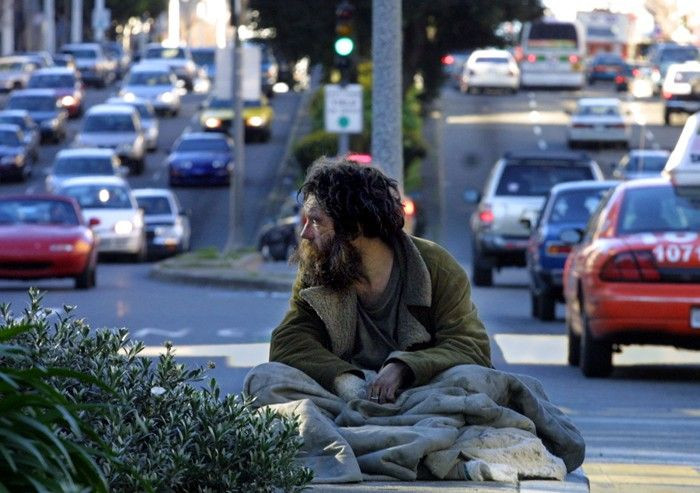Poverty Rate Rises to 15.1 Percent: What Does It Mean to Be Below the Poverty Line?

More than 1 in 7 Americans is living in poverty, according to the 2010 census, which showed that a record 46.2 million Americans are impoverished.
This is the largest number of people living below the poverty line since the Census Bureau began counting in 1958, but as a percentage of the national population -- which has increased substantially since the 1950s -- it is not a record. It is, however, the most in more than 20 years, according to Forbes.
The poverty rate -- 15.1 percent, up from 14.3 percent in 2009 -- is not as dire as it was during the Great Depression, when a third of the population was below the poverty line. Still, it underscores just how bad the economy remains.
The results are not surprising given the economy, Paul Osterman, a labor economist at the Massachusetts Institute of Technology, told CNN. You would expect with so many people unemployed, the poverty rate would go up. It's just another sign of what a difficult time this is for so many people.
The Sub-Poverty Line Existence
But what does it mean to be below the poverty line?
In the 48 contiguous states, the poverty line is $22,350 for a family of four, $18,530 for a family of three, $14,710 for a family of two and $10,890 for one person, according to the Department of Health and Human Services. The lines are somewhat higher in Alaska and Hawaii.
The federal minimum wage is $7.25, which would mean a yearly income of $15,080 before taxes if someone worked 40 hours a week, every single week, with no vacation time. A head of household earning $15,080 would pay about $1,655 in taxes each year, not counting exemptions, adjustments to income or itemized deductions. So the worker would take home $13,425 a year, $1,119 a month or $258 a week.
A married couple filing a joint tax return would pay $3,674 in taxes if both partners earned minimum wage. That would mean a total post-tax income of $26,486 a year, $2,207 a month or $509 a week.
So a four-person household with two minimum-wage workers -- for example, a couple with two children -- would be above the poverty line. But if one partner lost his or her job and the family had to survive on one minimum-wage income, or if a single parent were raising two children, they would be below the poverty line in spite of their best efforts.
More Minimum Wage Jobs, More Working Poor
This is the most likely answer to the question of why the poverty rate has increased so dramatically when the unemployment rate has remained relatively steady, albeit high. More people are working at minimum-wage jobs that keep them out of unemployment statistics but do not pay enough to lift them out of poverty. Texas, for example, has created a large number of jobs in the past 10 years, but many of them are low-paying, which reduces unemployment numbers but not necessarily the poverty rate.
It is also important to note, however, that being above the poverty line does not always mean a family has enough money to live on, and being below the poverty line does not always mean a family is suffering. Living costs vary dramatically based on location, but the poverty line is the same in New York City as in Tulsa, Okla., and that makes it difficult to quantify how many people are experiencing true hardship.
In some cases, families who live below the poverty line are struggling to pay for air conditioning and the cable TV bill as well as to put food on the table, according to a July report from the Heritage Foundation, a conservative think tank. Their living standards are far different from the images of dire deprivation that come to mind when people think about poverty.
It is wrong to say that poverty is not serious, or that the number of Americans who are struggling to make ends meet has not increased: it is, and it has. Some families that are impoverished by federal standards are able to meet their basic needs, but many are not, and even families that are not impoverished by federal standards are unable to meet their needs in some cases. It is true, however, that the raw numbers from the Census Bureau do not tell the whole story.
© Copyright IBTimes 2024. All rights reserved.





















